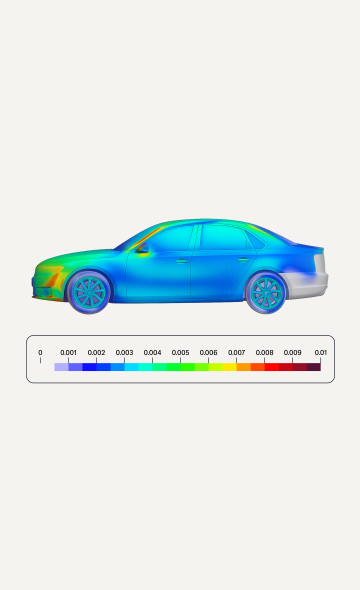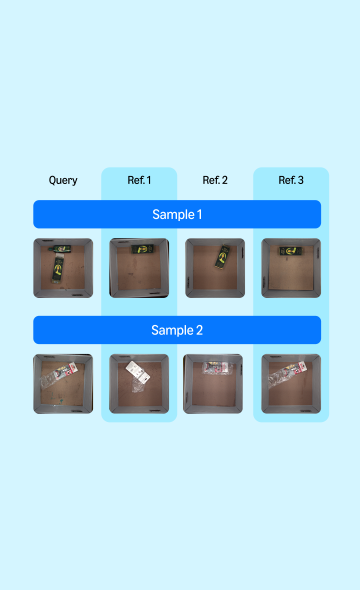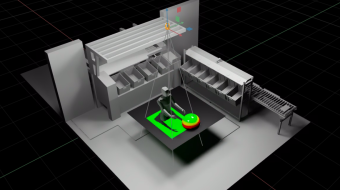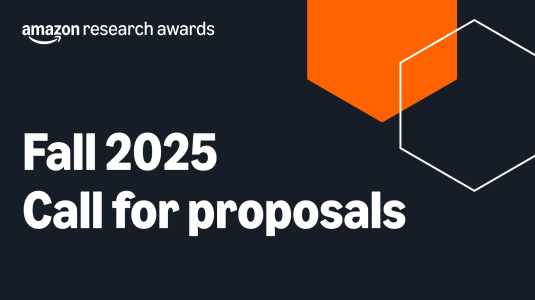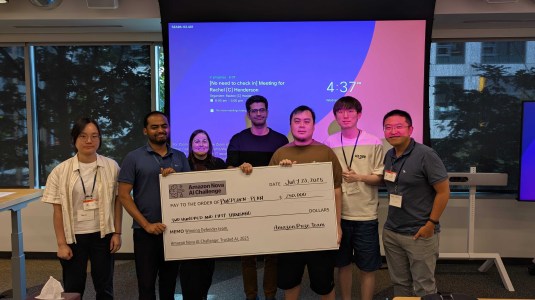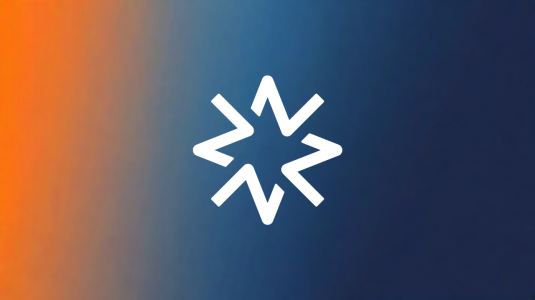Customer-obsessed science


Research areas
-
September 2, 2025Audible's ML algorithms connect users directly to relevant titles, reducing the number of purchase steps for millions of daily users.
-
Featured news
-
2025Recently, textual graph-based retrieval-augmented generation (GraphRAG) has gained popularity for addressing hallucinations in large language models when answering domain-specific questions. Most existing studies assume that generated answers should comprehensively integrate all relevant information from the textual graph. However, this assumption may not always hold when certain information needs to be
-
2025This paper presents a novel approach to building automated knowledge banks for Generative Business Intelligence (GenBI) systems, enabling natural language interfaces to organizational data without specialized engineering expertise. We demonstrate how dashboard definitions can be transformed into knowledge repositories that bridge the semantic gap between Large Language Models (LLMs) and organization-specific
-
RecSys 20252025The user cold-start problem remains a fundamental challenge for sequential recommender systems, particularly in large-scale video streaming services where a substantial portion of users have limited or no historical interaction data. In this work, we formulate an attempt at solving this issue by proposing a framework that leverages Large Language Models (LLMs) to enrich interaction histories using user
-
ACM SIGSPATIAL 20252025Mapping addresses to geolocations accurately is a challenging and important problem, with many real-world applications such as delivery logistics, map building and path finding. High quality embedding of geospatial data (e.g., addresses, geocodes) which is grounded in real world play an important role in success of modeling tasks such as geocoding and address resolution/matching. Existing state-of-the-art
-
ISTFA 20252025As integrated circuits continue to scale down to ever-smaller dimensions and increased complexity, traditional failure isolation & analysis (FA/FI), and sample preparation techniques face significant limitations. The increasing density of modern semiconductor devices, now advancing beyond 3 nm technology nodes, presents unprecedented challenges in precise layer-by-layer analysis. Over the past decade, Xenon
Conferences
Collaborations
View allWhether you're a faculty member or student, there are number of ways you can engage with Amazon.
View all













